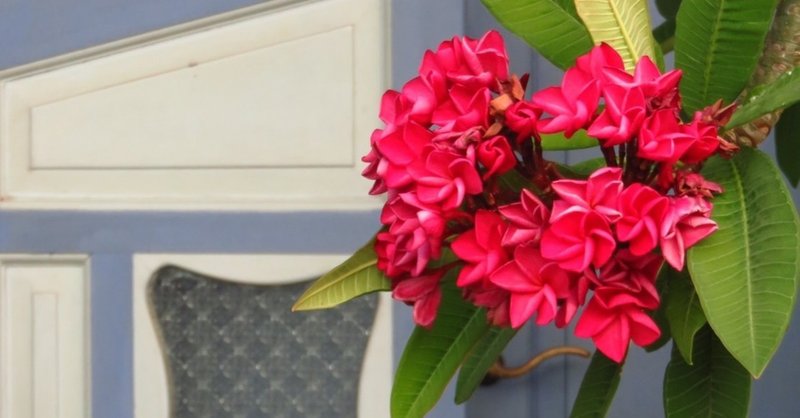
シンガポールのコロナ近況報告(6/12) IN ENGLISH
Hi, I have been staying at home for almost three months already. Let me create an article useful for society (or at least someone) since I have plenty of time.
For English learners, there is a Japanese GOOGLE translation below, so check that out too to make sure whether your comprehension is 100% correct! Let's study English with informative articles. (日本語は英語の下にあります↓)
目次
422 NEW CASES A DAY
A SAFE RE-OPENING
日本語訳
422 NEW CASES A DAY
As of 11 June 2020, the Ministry of Health (MOH) has confirmed 422 new COVID-19 infection cases in Singapore.
As you can see from the latest cases, report from MOH, the new cases per day remaining three digits, which is even one digit bigger than Japan.
Many of them are foreign workers who are working in Singapore with low wages. Their Standard of living is different from most Singaporeans. This foreign worker's cluster is coming to light as a matter of income gap, hygiene issues, and their working/living environment, which Singapore has been criticized by other countries recently.
A SAFE RE-OPENING
As of 6/12, Singapore is still at the beginning of opening-up, which is called phase 1. Let's look at areas resumed on phase 1:
1. Some businesses with safety measures
2. Schooling ( primary and secondary school). Other students alternate between home-based learning and school.
3. Households can receive two visitors, but they MUST be children or grandchildren from the same family.
4. Private worship
5. Marriage solemnizations
I think 3rd one is something you can see the big cultural difference. Generally speaking, grandchildren visiting grandparents are risky, considering the feature of this virus, which tends to lean on older people. Therefore, I was surprised that this came to the phase 1, even though other young people are still not able to visit anyone both in public and private without authorized permission. I think this is more of Singaporean culture, which tends to think "visiting grandparents is essential."
Okay, then phase 2 is finally going to be announced next Tuesday. We are not sure how the government announcement goes, but just hoping for this to be over as soon as possible.
日本語訳
こんにちは、もう3か月ほど家にいます。時間がたっぷりあるので、少しでも社会に役立つ記事を作っていこうと思いました!
英語の学習者向けに、日本語のGOOGLEの翻訳が以下にありますので、あなたの理解度が100%正しいかどうかを確認するためにもチェックしてください!有益な記事で英語を勉強しましょう。日本語は英語の下にあります↓
★422の新しいケース
"2020年6月11日の時点で、保健省(MOH)はシンガポールでCOVID-19感染の422の新しい症例を確認しています。"
保健省からの最新の症例報告からわかるように、一日当たりの新しい症例は3桁のままで、日本よりも1桁も大きいです。
それらの多くは低賃金でシンガポールで働いている外国人労働者です。彼らの生活水準はほとんどのシンガポール人とは異なり、これは、シンガポールが他の国から批判されている、所得格差、衛生問題、および彼らの労働/生活環境の問題として明らかになってきています。
★安全な再開
6/12の時点でシンガポールはまだフェーズ1と呼ばれる開放の初期段階にあります。フェーズ1で再開されたエリアを見てみましょう。
1.安全対策を取ったうえでのいくつかの事業の再開がされます。
2.教育(小学校および中学校)。他の学生は、家庭ベースの学習と学校を交互に行います。
3.世帯は2人の訪問者を受け入れることができますが、同じ世帯の子供または孫でなければなりません。
4.プライベートな崇拝。
5.結婚の挙式。
3つ目は大きな文化の違いがわかるものだと思います。普通に考えると、祖父母を訪れる孫は、高齢者に寄りかかる傾向があるこのウイルスの特徴を考えると少し危険です。他の若者は許可を得ずに公私共に誰も訪問することができないにもかかわらず、フェーズ1に孫が祖父母を訪問可能になったことに驚きました。これは、「祖父母を訪ねることは不可欠」と考える傾向があるシンガポールの文化がよく表れていると思います。
そして、フェーズ2がついに火曜日に発表されます。政府の発表がどのようになるかはわかりませんが、できるだけこの状況が早く終わってほしいものです。
この記事が気に入ったらサポートをしてみませんか?
